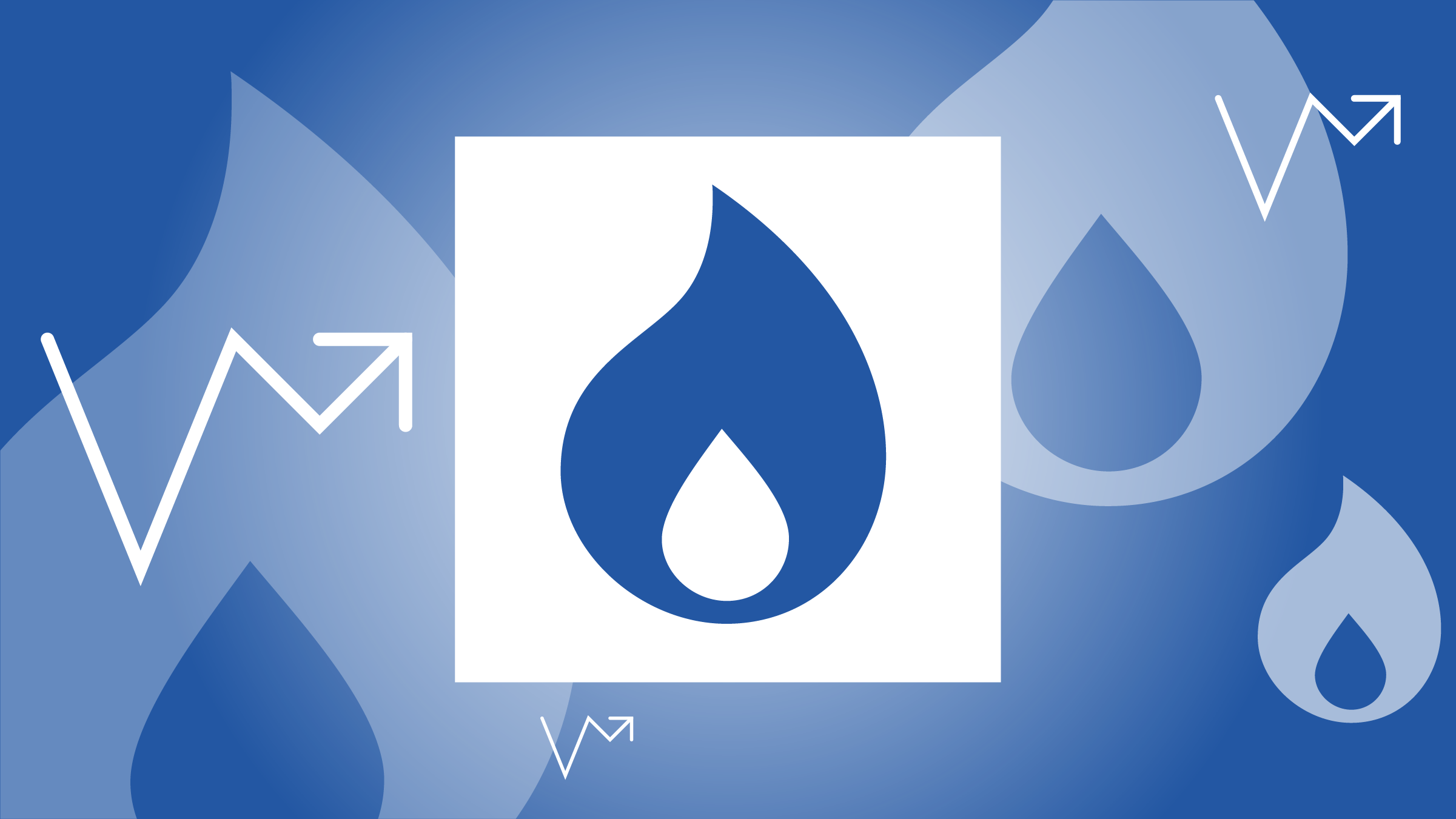49% Undervalued, This Dividend Stock Is a Buy After Fair Value Boost
We think this company is back on track with its plans for accelerating share repurchases and dividends.

Independent oil and gas producer APA delivered strong results in the latest quarter, which led Morningstar to bump up its fair value estimate to $65 per share from $61. We think this small-cap stock is being overlooked by investors; it trades at only half of what we think it’s worth. APA is among our analysts’ top 33 undervalued stocks this quarter; it’s also one of Morningstar chief US market strategist Dave Sekera’s three stocks to buy in March.
APA is an upstream oil and natural gas producer with assets in the United States and overseas. The vast majority of its domestic production is derived from the Permian Basin. The company’s footprint there of 500,000 net acres extends across several subbasins and mainly focuses on the same reservoirs that competitors are targeting. However, APA also has its own discovery in the Permian, the Alpine High play; these wells are characterized by very strong initial production rates but with a much higher gas and natural gas liquids content than we’d expect elsewhere in the Permian. This gives the company optionality: When natural gas prices compare favorably with oil prices, APA can allocate more capital to its gassier assets. The company’s focus has widened to Suriname following a string of exploration successes; the evidence to date suggests a very large petroleum system that could be transformative for the company, although nothing has progressed to the development stage yet.
Key Morningstar Metrics for APA
- Fair Value Estimate: $65
- Star Rating: 5 Stars
- Economic Moat Rating: None
- Uncertainty Rating: Very High
Economic Moat Rating
APA has historically failed to earn its cost of capital, although it apparently turned the corner in 2021, and we now project modest excess returns on invested capital over the next decade. But there’s a catch. Commodity prices soared in 2021 and 2022, providing a temporary advantage, and it will be a lot harder for APA to squeeze economic profits from its legacy assets under midcycle oil and gas prices. It is the contribution from its Suriname position that makes APA look moaty in future years, but this is still a highly speculative asset, with a handful of discoveries and no developments yet sanctioned. On a stand-alone basis, APA’s other assets also have moaty characteristics. But as with many exploration and production companies, too much capital was invested in prior cycles under the assumption of higher oil prices. After incorporating costs sunk on leasehold, acquisitions, exploration, and infrastructure, APA’s capital base inflates to a level that makes high returns on capital difficult.
Read more about APA’s moat rating.
Fair Value Estimate for APA Stock
Our $65 fair value estimate corresponds to an enterprise value/EBITDA multiple of 4.5 times for 2024 and 4.1 times for 2025. Our production forecast for 2024 is 477 thousand barrels of oil equivalent per day (this includes tax barrels and a minority interest share associated with the company’s Egypt output). That drives our 2024 EBITDA forecast to about $4.9 billion. Our 2025 estimates are for approximately 534 mboe/d of production, $5.4 billion in EBITDA, and $692 million in free cash flow. We assume West Texas Intermediate oil prices in 2024 and 2025 will average $76 and $70 a barrel. In the same years, we expect Henry Hub natural gas prices to average $2.27 and $3.41 per thousand cubic feet. Terminal prices are defined by our long-term midcycle price estimates (currently $60/bbl Brent, $55/bbl WTI, and $3.30/mcf natural gas).
Read more about APA’s fair value estimate.
Risk and Uncertainty
As with most exploration and production companies, a deteriorating outlook for oil and natural gas prices would pressure APA’s profitability, reduce cash flows, and drive up financial leverage. An increase to federal taxes or a revocation of the intangible drilling deduction that US companies enjoy could also affect profitability and reduce our fair value estimate. In addition, APA is exposed to geopolitical risk. It’s too early to tell how big of a contribution the Suriname assets will make; the range of outcomes is massive. APA’s most significant environmental, social, and governance exposures are greenhouse gas emissions (both from extraction operations and downstream consumption) and other emissions, effluents, and waste (primarily oil spills).
Read more about APA’s risk and uncertainty.
APA Bulls Say
- The modernization of APA’s production-sharing contract with the Egyptian government makes incremental investment more attractive and has turned a stable cash cow into a lucrative growth asset.
- APA has a long runway of drilling opportunities in the high-growth, low-cost Permian basin.
- APA’s discoveries in Suriname are a potential game changer and could double the company’s production in the next 10 years.
APA Bears Say
- The company is exposed to geopolitical risk in the Middle East. The Arab Spring in the early 2010s serves as an example of unrest.
- The bet on the gas-rich Alpine High play puts APA out on a ledge versus other Permian players that have not chosen to focus on that area as heavily.
- Suriname exploration accounts for a large portion of APA’s fair value, yet the outcome is highly uncertain: A successful development could drive our estimate much higher, but a complete failure is not out of the question yet.
3 Stocks to Sell and 3 Stocks to Buy in March
This article was compiled by Susan Dziubinski and Sylvia Hauser.
The author or authors do not own shares in any securities mentioned in this article. Find out about Morningstar’s editorial policies.

/s3.amazonaws.com/arc-authors/morningstar/efa3b691-314a-4c23-8933-a09951d6793b.jpg)
/cloudfront-us-east-1.images.arcpublishing.com/morningstar/ECVXZPYGAJEWHOXQMUK6RKDJOM.jpg)
/cloudfront-us-east-1.images.arcpublishing.com/morningstar/KOTZFI3SBBGOVJJVPI7NWAPW4E.jpg)
/cloudfront-us-east-1.images.arcpublishing.com/morningstar/V33GR4AWKNF5XACS3HZ356QWCM.jpg)
:quality(80)/s3.amazonaws.com/arc-authors/morningstar/efa3b691-314a-4c23-8933-a09951d6793b.jpg)